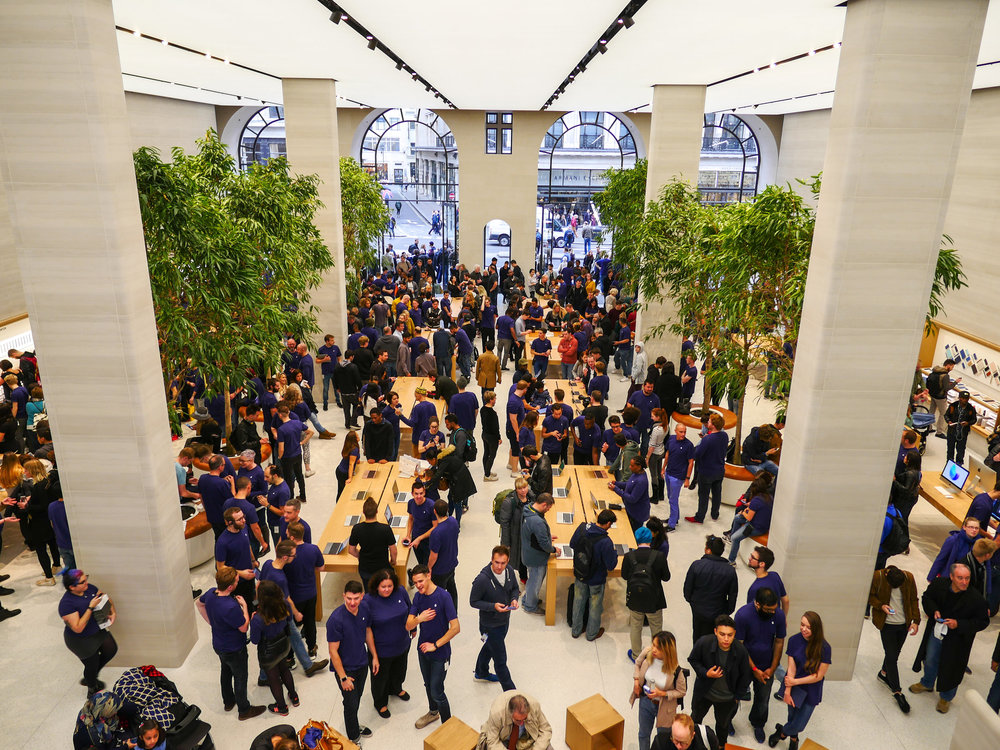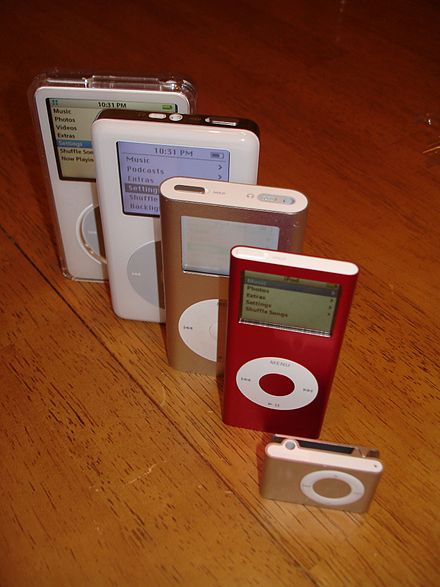

Once upon a time there was a PC called IBM. There was no Big Mac then; it was just a little burger. But, armed with what was to become the MS-DOS operating system, IBM and its rather boring looking PC began to take over the world. Sadly for IBM an almost identical operating system was sold by Microsoft to every man and his dog. And many were the dogs that were bred, although many of us found the odd thoroughbred among them.
IBM was soon virtually squeezed out of the market that it had created with the help of Bill Gates. Microsoft, under Gates, took the ascendancy, licensing its operating system, and all was well with the world. Almost.
All was not well, as it turned out. Many users were frustrated by Microsoft Windows, by its perceived insecurities and regular crashes. I was among them.
In 2001 something happened to knock Microsoft’s complacency. At first, though, no one (least of all Microsoft) recognised the threat. The catalyst for change was a little music player called the iPod. It celebrated its fifteenth birthday on Sunday and it changed the world.
Halo effect

Of course the iPod has little to do with personal computing, but the little iPod took off and introduced millions of people to the world of a Apple. It created a halo effect, which the later iPhone managed to consolidate.
Later, when Apple introduced iTunes for Windows and got it working reliably, a substantial fifth column of iPods started influencing Windows users. They were curious; they rather liked the cut of Apple’s jib. And when Apple updated its computers with INTEL processors people really began to notice.
Apple got a lot of coverage in the press. Geeks had always rather favoured Apple and stuck with it through the hard years of the interregnum between the first and second coming of the holy Jobs. Now opinion leaders in their droves began to change from Windows to OS X and the public followed. Apple opened stores through the land and, for the first time in the history of computing, here was a comfortable place to go for advice, purchase and after sales service. It worked, only too well as we all now recognise..
Big bluish things
Meanwhile, Big Blue divested itself of personal computers, selling off the brand to Lenovo, and concentrated on other big bluish things. Gradually IBM’s commitment to Windows as an in-house OS began to wane. In 2015 employees were given a choice: Windows or Mac. In a short time IBM became one of Apple’s major corporate customers as over 90,000 employees voted Mac. Then Big Blue noticed a phenomenon, perhaps something that any Apple user could have told them. Macs need less technical support than Windows PCs.
Over the past four years IBM has concluded that there is an annual support saving of between $273 and $543 per Mac in service. That’s a potential bonus of up to $54m a year in technical support operations now that upwards of 100,000 employees are getting their Big Mac fix. No less than 73 percent of IBM employees have now set their sights on using a Mac and the company is rolling out 1,300 new Apple computers every week.
This massive change in the fortunes of Apple’s Mac lineup can be traced back directly to October 23, 2001, launch day of the iPod.
___________
- Subscribe to Macfilos for free updates on articles as they are published. Read more here
- Want to make a comment on this article but having problems? Please read this
